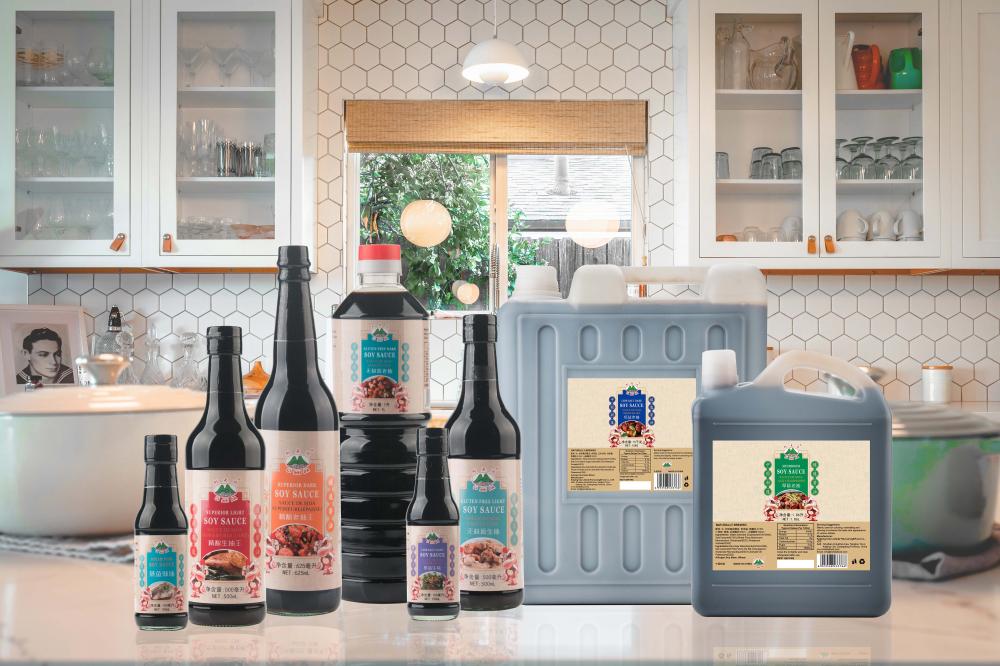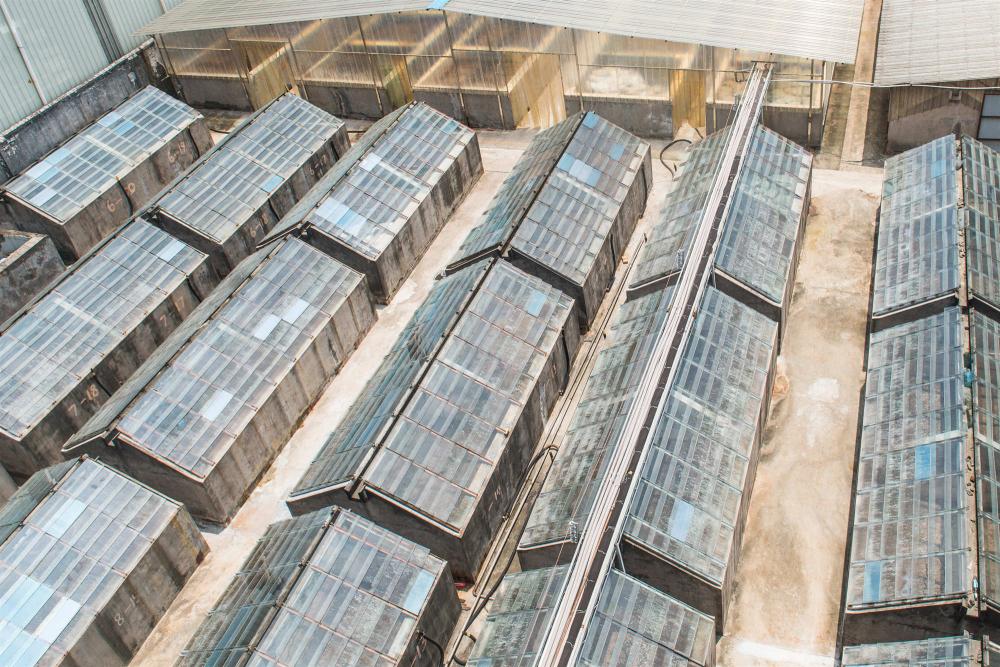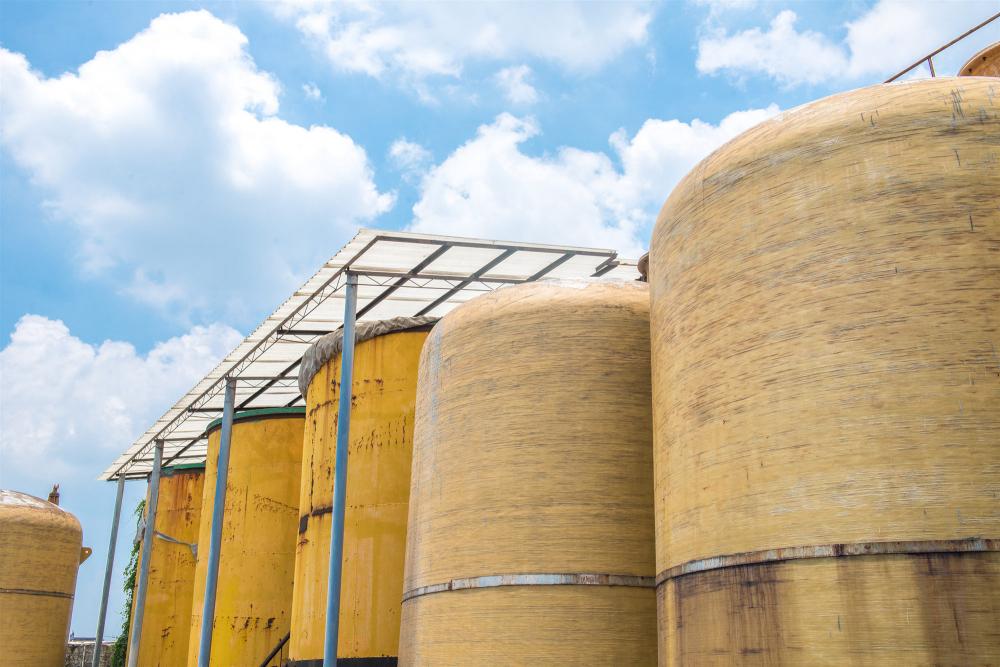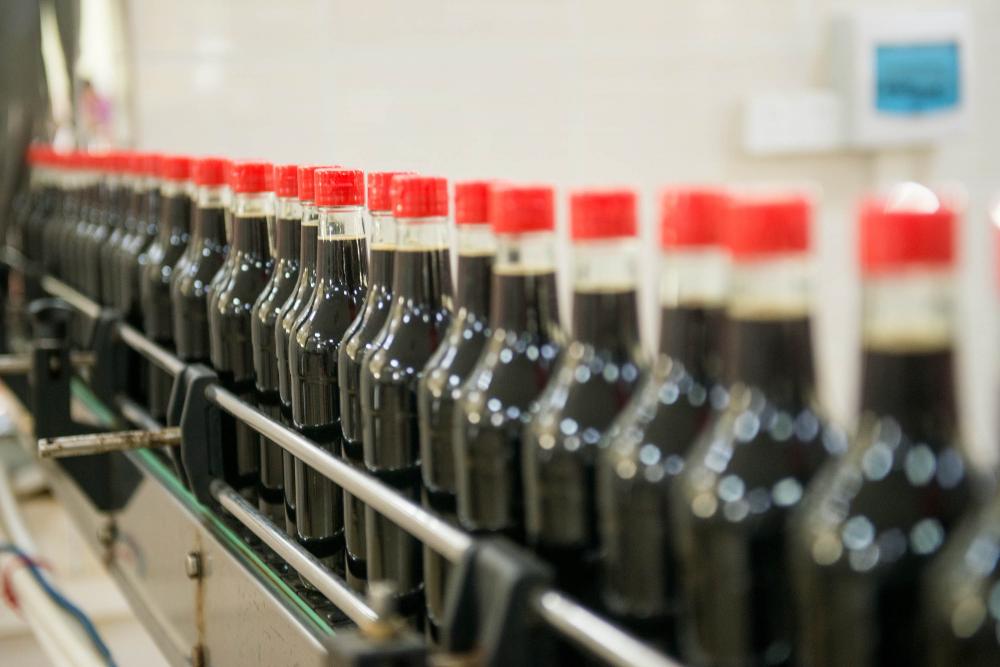Bullfrog breeding and management technology
The young frogs are bred for a period of time. After the individual grows to 50 to 100 grams, they can enter the frog breeding.
First, the selection and design of adult frogs into the frog than the frog's adaptability and predation ability greatly improved. Therefore, the area of ​​frog breeding grounds can also be larger, such as natural pools, pits, fish ponds, weeds, rice fields, etc., and can also use the shed, shade, and courtyard behind the house. Under the vines, a pool is built, or vacant rooms, pig houses, and underground air defense facilities are used for indoor breeding. Bullfrog breeding requires little water, but it requires a reliable source of water.
The frog's hind legs are well-developed and powerful, not only good at jumping, but also digging holes, and climbing the tree on the wall. Therefore, no matter indoor or outdoor frog pool, there must be anti-escape facilities. Bullfrogs are good at jumping. They are based on standing land or other hard objects. If they are in the water, there is no place for them to jump. Therefore, in order to reduce the cost of escape prevention facilities, there is no ground to be found around the frog pond. The depth of water must be at least the depth of the back of the bullfrog. The anti-escape facilities are only about 50 cm above the water surface, or they are under construction. In the pool, the wall of the pool rises 30 to 40 cm above the water surface, and then the inward slanted screen cloth on the pool wall can be used.
In hot seasons, bullfrogs like to inhabit shady and cool water. The frog ponds should be shaded by tall trees. There are no trees, shade sheds, large ponds or grazing lands, and lotuses or other leafy leaves can be used. The emerged plants, planted around the land with more flowers, can attract insects and butterflies, but also make the entire breeding environment look beautiful.
There should be no hidden corners or caves in the bullfrog breeding pond. Under natural conditions, they can use concealments or caves as habitats or to escape the predators. Under the conditions of artificial breeding, the entire rearing pond is a suitable habitat, and there is no predator attack, so there is no need to set up hidden places and caves. In contrast, bullfrogs hide in hiding for a long time, affecting food intake and growth. Adult frogs need to deepen the pool water to about 1 meter if they want to spend the winter outdoors.
In areas where there is hot water or waste heat in the factory, heat sources can be used for winter warming.
Indoor frog breeding is highly intensive. In order to make full use of the area, indoor frog pool design should be divided into shallow water area and deep water area. Shallow water area is the place where frogs inhabit and feed. Deep water area is the area where frogs swim and receive filth. Shallow water area to maintain a depth of about 10 cm, deep water depth of 30 to 40 cm, the water inlet in the shallow water area, the outlet in the deep water area, inlet and outlet diagonal. The deepwater area only accounts for 1/4 to 1/5 of the entire pond area. It can be located at one end of the pool, around the perimeter or near the outlet.
Second, frog semi-intensive use of fish ponds, depressions, rice fields, ponds, etc. to raise frogs, because of the large area, the frog is more dispersed, the density is not large, the output is not high, generally more of a natural bait, particle feed supplement The way to breed, called semi-intensive farming.
A frog with a weight of 100 g or more was placed in the above large pool or paddy field, and a number of feed stands floating in the water were set in the pool, and feeding was performed every day as intensive breeding. However, since frogs are not easily concentrically feeding, some frogs do not eat artificial feed and can be supplemented with natural food. The main method for obtaining natural foods is light trapping. Insects tend to light and have a certain selectivity for different lights. The effect of trapping insects is better than that of fluorescent lamps. The fluorescent lamps are superior to ordinary lamps and incandescent lamps. The time of attracting insects can start from the beginning of April and end at the beginning of October. It is just during the optimum growth period of bullfrogs that insects can be induced, and the number of insects is almost consistent with the demand of the bullfrog for bait. Therefore, if the light attracting insect can be well utilized, most of the feed of the bullfrog can be solved, and a small amount of compound feed can be fed during the day, so that the effect is better.
The position of the trapping lamp is 0.3 to 0.5 meters above the water surface about 2 meters away from the shore. There should not be tall buildings around it so as not to block the light and do not receive a good trapping effect. The time for turning on the lights depends on the specific circumstances. It is usually lighted in the evening and the traps are mainly in the middle of the night and less in the second half of the night. If there are few frogs, you can turn on the lights overnight. It is not suitable to turn on the lights when it rains or winds.
Semi-intensive breeding methods, bullfrog stocking density should not be too large, can be put 10 to 30 per square meter, depending on the bait conditions.
3. Intensive breeding of domesticated bullfrogs into intensive breeding is a new type of scientific breeding method developed on the basis of conventional breeding. The focus of its breeding technology is to control the environment, create good ecological conditions, and fully meet the requirements. The nutrient needs of the bullfrog grow, and an intensive cultivation is performed. In particular, with the successful development of artificial feed for bullfrogs, it will be able to exert its high-efficiency characteristics, which is an important way to develop the production of bullfrogs.
The indoor frog pool, generally ranging from 10 to 20 square meters in area, must have tap water or well water to lead to each pool in order to change water and rinse. In order to save the area and make full use of space, a multi-layered three-dimensional culture structure can be used, generally 2 meters as a layer, and the space layer is constructed with a prefabricated slab of cement, and stairs are set between the layers to allow for up-and-down operation and management. The structural facilities of each floor are the same.
The daily management of adult frog breeding is generally the same as that of young frogs. However, with different stocking densities, frogs weighing more than 100 grams stocked 50 per square metre can be kept up to the specifications. If the stocking weight is less than 100g, the density may be slightly larger. Afterwards, with the growth of the frogs, the frogs will grow rapidly and individual large frogs will be bred and classified for feeding or selling, and the density of the pool may also be reduced.
Under normal temperature conditions, the breeding of frogs is from April to October, and it is also the best time for frogs to grow. Therefore, there should be sufficient food supply. At 22-28 degrees Celsius, it can be fed 2 or 3 times a day. The amount of compound feed should account for 3% of the frog's body weight. The moisture content of fresh bait should be about 10% to meet the frogs. Rapidly growing nutritional needs. If the temperature is lower than 22 degrees Celsius or higher than 28 degrees Celsius, the number of feedings and feeding amount may be appropriately reduced. In order to keep the frog under suitable temperature conditions, doors and windows should be opened in hot weather to facilitate indoor ventilation. After the weather turns cold, close doors and windows in time to keep warm.
Get into the habit of eating on time. Before the feeding, you can ring the appliance or turn on the indoor lamp as a bait signal. After forming a conditional reflection, the bullfrog will focus on feeding in shallow water.
The compound feed of bullfrogs is processed by high temperature and the loss of vitamins in the feed is large. When a frog is bred for a period of time and weighs about 200-250 grams, it can be supplemented and fed with some fresh fish, shrimp, and viscera, which can provide vitamin supplements.
The daily management of adult frog farming, in addition to regular feeding, also requires changing the water daily, cleaning the food market, observing the health status of the frogs, preventing and treating diseases, and preventing the invasion of snakes and mice. Where conditions permit, warming culture can be conducted, and two batches of commodity frogs can be produced in one year.
Lishida Superior Soy Sauce,as a popular condiment for cooking,is brewed from non-GMO soybeans and other high quality ingredients.We adhere to brew naturally and Chinese traditionally for 20 years,and all of our products are packaged by advanced production line.Lishida Superior Soy Sauce Series includes Light Soy Sauce, Dark Soy Sauce ,Mushroom Dark Soy Sauce,Steamed Fish Soy Sauce,Gluten-Free Light Soy Sauce,Gluten-Free Dark Soy Sauce,Less Salt Light Soy Sauce,Less Salt Dark Soy Sauce and so on.

Not only passing the Quality Standard Certificate,we also have been awarded ISO9001 Quality Management System Certificate,HACCP System Certificate and so on,maintaining strict quality assurance.



Share the fresh with our love.We do hope everyone could enjoy fantastic moment with cuisines.
Superior Soy Sauce
Superior Dark Soy Sauce,non GMO Soy Sauce,Superior Light Soy Sauce,Gluten Free Soy Sauce,Less Salt Soy Sauce
KAIPING CITY LISHIDA FLAVOURING&FOOD CO.,LTD , https://www.lishidafood.com